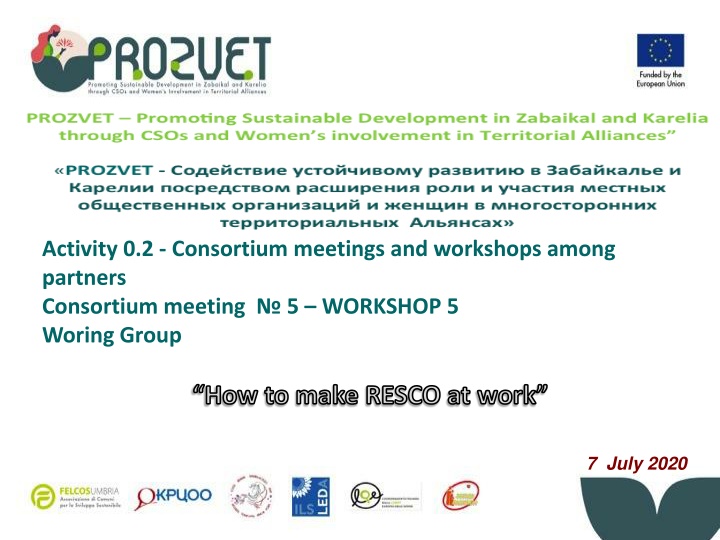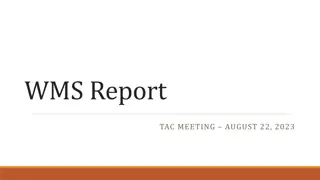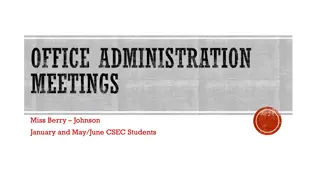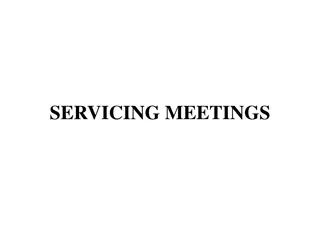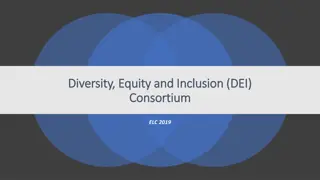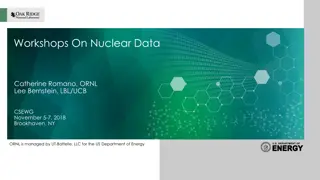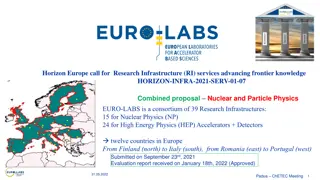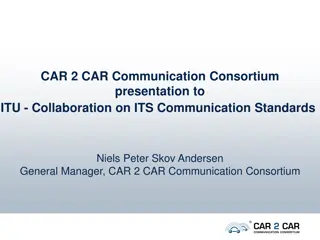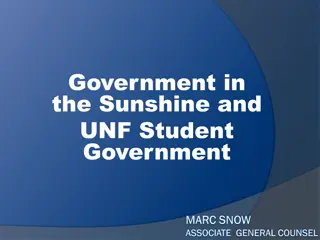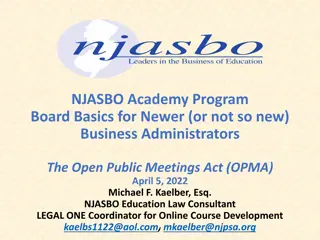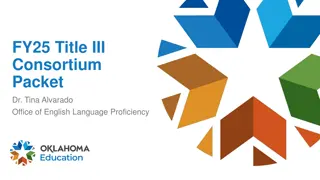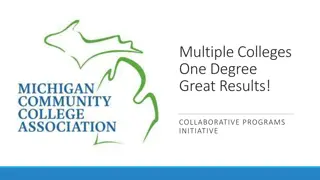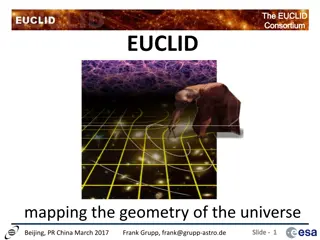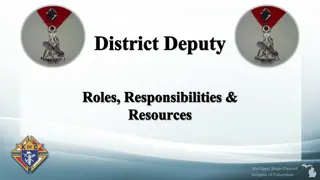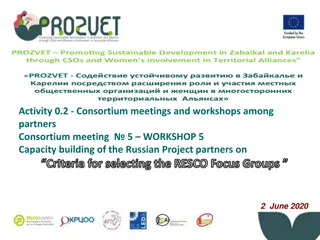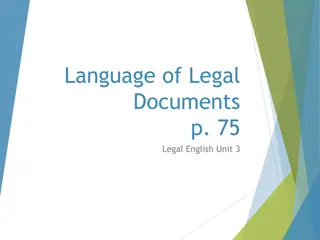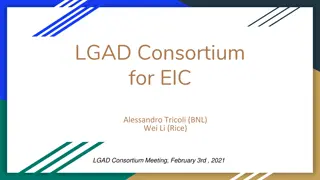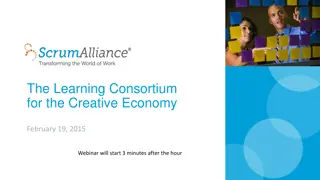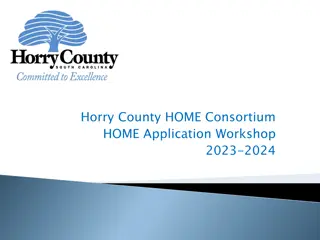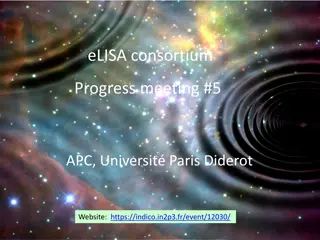Consortium Meetings & Workshops: Resco Methodology for Economic Development
The Resco methodology by ILS LEDA facilitates the elaboration of strategies for economic development with a focus on social inclusion, gender equality, and environmental sustainability. Implemented in 13 countries, Resco assesses territorial value chains through a participatory approach using various qualitative, semi-quantitative, and quantitative indicators. It aims to identify competitive advantages, address gender equality, sustainability factors, market assessments, and strategic actions to overcome obstacles in economic, social, environmental, and institutional domains.
Download Presentation

Please find below an Image/Link to download the presentation.
The content on the website is provided AS IS for your information and personal use only. It may not be sold, licensed, or shared on other websites without obtaining consent from the author.If you encounter any issues during the download, it is possible that the publisher has removed the file from their server.
You are allowed to download the files provided on this website for personal or commercial use, subject to the condition that they are used lawfully. All files are the property of their respective owners.
The content on the website is provided AS IS for your information and personal use only. It may not be sold, licensed, or shared on other websites without obtaining consent from the author.
E N D
Presentation Transcript
Activity 0.2 - Consortium meetings and workshops among partners Consortium meeting 5 WORKSHOP 5 Woring Group How to make RESCO at work 7 July 2020
THE ILS LEDA RESCO METHOD IN GENERAL The local REsources for Sustainable COmpetitiveness (RESCO) methodology is part of a tool designed by ILS LEDA and already successfully used in 13 countries RESCO is a participatory methodology aimed at facilitating the elaboration of strategies and plans for the economic development of territorial resources compatible with social inclusion, gender equality, and environmental sustainability.
Russia (Siberia) Albania Uzbekistan Kosovo El Salvador Lebanon Tunisia Kazakhstan Palestine Morocco Nicaragua Senegal Colombia RESCO IMPLEMENTED IN 13 COUNTRIES
It assesses the territorial value chain It is participatory It is based on a assessment picture, including a set of FACTORS to be assessed, through VARIABLES for each factor, and INDICATORS The measurement of the indicators can be: Qualitative, as appraisal of the variable (yes, weak, not) Semi-Quantitative, as appraisal on a range of possibilities, (0-39; 49-99, >99) Quantitative It uses the optimum ignorance approach, based on perceptions and direct acknowledgement of participants It uses the Quick Collective Appraisal (QCA) method for making the common decisions free from conflicts It is flexible and adaptive
RESCO PICTURE MARKET ASSESSMENT COMPETITIVE ECONOMIC ADVANTAGE POTENTIAL DEVELOPMENT PLAN STRATEGIC ACTIONS FACTORS GENDER EQUALITY ASSESSMENT SUTAINABILITY FACTORS VALUE CHAIN ASSESSEMENT OBSTACLES ECONOMIC SOCIAL ENVIRONMENTAL INSTITUTIONAL
COMPETITIVE FACTORS: INDIVIDUAL ASSESSMENT COMPETITIVE ADVANTAGE FACTORS (select not more than 2 options) COMPETITIVE ATTRACTORS FACTOR Natural sites VARIABLES Natural Phenomenon Local events Cultural Heritage Typical Cousine Arts&crafts Otherlocal heritage (historical, archeological, religious, etc.) Agrotourism Multiple attractions close each other Other attractions (specify) INDICATORS
COMPETITIVE ADVANTAGE FACTORS (select not more than 2 options) COMPETITIVE SERVICES Information Hospitality Allocations and restoration Entretainment Services to persons (health care, entertainment, child care, rent a car, guides, etc) Reception General climate towards tourists Other (specify)
DETAILS Natural sites Lakes with special sauvage environment where to rest, breeth, and enjoy Local events Cultural heritage Ancient tradition visible in the constructions, arts and crafts, cultural events, and food Typical cousine Arts&crafts Other local heritage Agrotourism Multiple attractions close each other Other attraction
MARKETS: INDIVIDUAL ASSESSMENT MARKET CURRENT POSITIONING % EASTERN ASIA 30 % NORTH EUROPE 30 % REGIONAL % RUSSIA % OTHERS 40 MARKET POTENTIAL DESIDERED IMPROVEMENT EASTARN ASIA NORTH EUROPE REGIONAL RUSSIA OTHERS INCREASE (Assess if Low (signing "+"; or high Increase, signing "++") DECREASE (asses if low, signing "- "); or high decrease, signibg "--") + + -
GENDER EQUITY R 6.1 Value chain participation (A) How many women work in the value chain components Hotel Restaurant Tourism operators Food Transportation Other services Cultural events Arts&Crafts Capacity building Financing Less than 20% of total workers 21-40% 41-60% > 60% Less than 20% of total workers 21-40% 41-60% > 60% (B) How many women work globally in the value chain Less than 20% of total workers 21-40% 41-60% > 60% (C) How many women are owners the value chain Less than 20% of total workers (D) How many women are chief managers in the value chain 21-40% 41-60% > 60% Less than 20% 21-40% 41-60% > 60% (E) How many women have key position in local government with respect to tourism development
GENDER EQUITY R 6.2 Access to assetts At which extent women are penalised? Low ---------------High YES (A) Is the access to labour in the value chain the same for men and women ? At which extent women are penalised? Low ---------------High YES (B) Is the access to finance in the value chain the same for men and women ? At which extent women are penalised? Low ---------------High YES (C) Is the access to business services and credits in the value chain the same for men and women R 6.3 Legislation and measures YES Partially NO (A) Do you think the Equality National Strategy /measures/services is being properly implemented (B) Do you think that reconciliation measures and facilities betwen family and work responsabilities are properly implemented? YES Partially NO YES Partially NO (C) Do you think that public care facilities for children and elderly are sufficient and covering the demand? YES Partially NO (D) do you think the policies for eliminating domestic viokence are implemented?
SUSTAINABILITY: INDIVIDUAL ASSESSMENT R 5.1 Economic Sustainability Value TOURISM Absolute date if avialable Low High A: - : ( + ) <30% 30-60% > 60% Absolute data Tourism/ overall employment < 30% 30-60% >60% R.5. 2 10-60% <10% >60% --------------------------------------
R 5.3 Environmental sustainability (A) There are measures or initiatives for protecting the natural environment and how effective thet were? VALUE Natural Reserve or Protected Zones Public regultaions for protecting natural resources information Campaigns about environmental sustainability Regulations about fishing in accordance with sustainable principles Plans of programs for proteting tha natural environment Plans and programs for controlling or reducing the athmosferic pollution IMPACT SO/SO No or Very few Some Many LOW HIGH
(B) There are Regulations or programs for facilitating the involvement of citizens in the enviornment protection? VALUE Some IMPACT No or Very few Many LOW SO/SO HIGH Initiatives or programs for facilitating the participation of citizens Presence of voluntary corps for environment protection Active work of association or foundation Frequency of conferences. debates , on environment sustainability University education How do you evaluate the atmospheric contamination in your region?
(C) Green economy VALUE Some No or Very few Many There are regulations for managing differential waste How the differential waste is effective Is the circular economy spread in the region? Presence of recycling enterprises Presence of enterprises for the generation of alternative energies Organic food production Products with recyclable packaging Conservation of natural heritage Preservation of rare animal species Conservation of historical and cultural heritage Other
R 5.4 Financial Sustainability Value Low----------------------------------High Necessity of investments necessary to strengthen the value chain (infrastructure, education, business, etc.) Presence of capacity to provide credit to the business sector No Low Yes No Low Yes Presence of specific financial mechanisms for the value chain considered (credit lines, etc.)
R 5.5 -------------------------------------- -------------------------------------- , ( 35 ) / - <5% 5-15% > 15% , < 5% 5-15%
VALUE CHAIN ASSESSMENT HOTEL, OTHER ACCOMODATIONS ? The interviewed indicates her/his choices 1 2 3 1 2 3 1 2 3 1 2 3 4 5 6 7 1 2 3 4 HUMAN RESOURCES CAPITAL INFORMATION FURNITURE INFORMATICS EASTER FESTIVAL LAUNDRY SECURITY TRANSPORTATIONS BUSINESS SUPPORT SKILL FORMATION ACCESS TO CREDIT MARKETING GUIDING SHOPPING BODY CARE
VALUE CHAIN ASSESSMENT TOURISM AGENCIES ? 1 2 3 1 2 3 1 2 3 1 2 3 4 5 6 7 1 2 3 4
VALUE CHAIN ASSESSMENT MUSEUM ? 1 2 3 1 2 3 1 2 3 1 2 3 4 5 6 7 1 2 3 4
VALUE CHAIN ASSESSMENT ARTS AND CRAFTS PRIMARY PRODUCT___________________________ ? 1 2 3 1 2 3 1 2 3 1 2 3 4 5 6 7 1 2 3 4
VALUE CHAIN ASSESSMENT AGICULTURE PRIMARY PRODUCT_____________________ ? 1 2 3 1 2 3 1 2 3 1 2 3 4 5 6 7 1 2 3 4
The interviewed indicates her/his choices R 7 IDENTIFICATION OBSTACLES TO THE TOURISM DEVELOPMENT (Road, communication, Stations, Electricity, etc ) to tourists (about what to see, staying, services, etc.) Business Services (Information,Technical Support, administration, networking, legal, start-up etc.) N 1 2 3 4 5 6 7 8 9 10 11 13 14 15 Services for women empowerment 16 Services to CSO (technical assistance, administration, legal, networking, access to finance, etc ) (technical, managerial, entrepreneurial, etc.) Women Associations Know How (technical, Administration, Management, Attention to customers, etc.) Marketing (strategy, promotion, international positioning, collective participation, etc.) (Equipment, Research, connection research-users, ICT, etc.) - (accessibility to public plans, incentives, specific regulations on tourism, women empowerment, etc.) Women equality national plan (accessibility, weaknesses, constrains, etc.) (access to employment, inclusion of vulnerable people, vocational centres, access to health care, etc) 17 18 19 20 21 22 23 24 25 26 27 28 29 30 31 32 33 34 35 36 37 38 39 40 41 42 43 44 45 46 47 48 49 50
